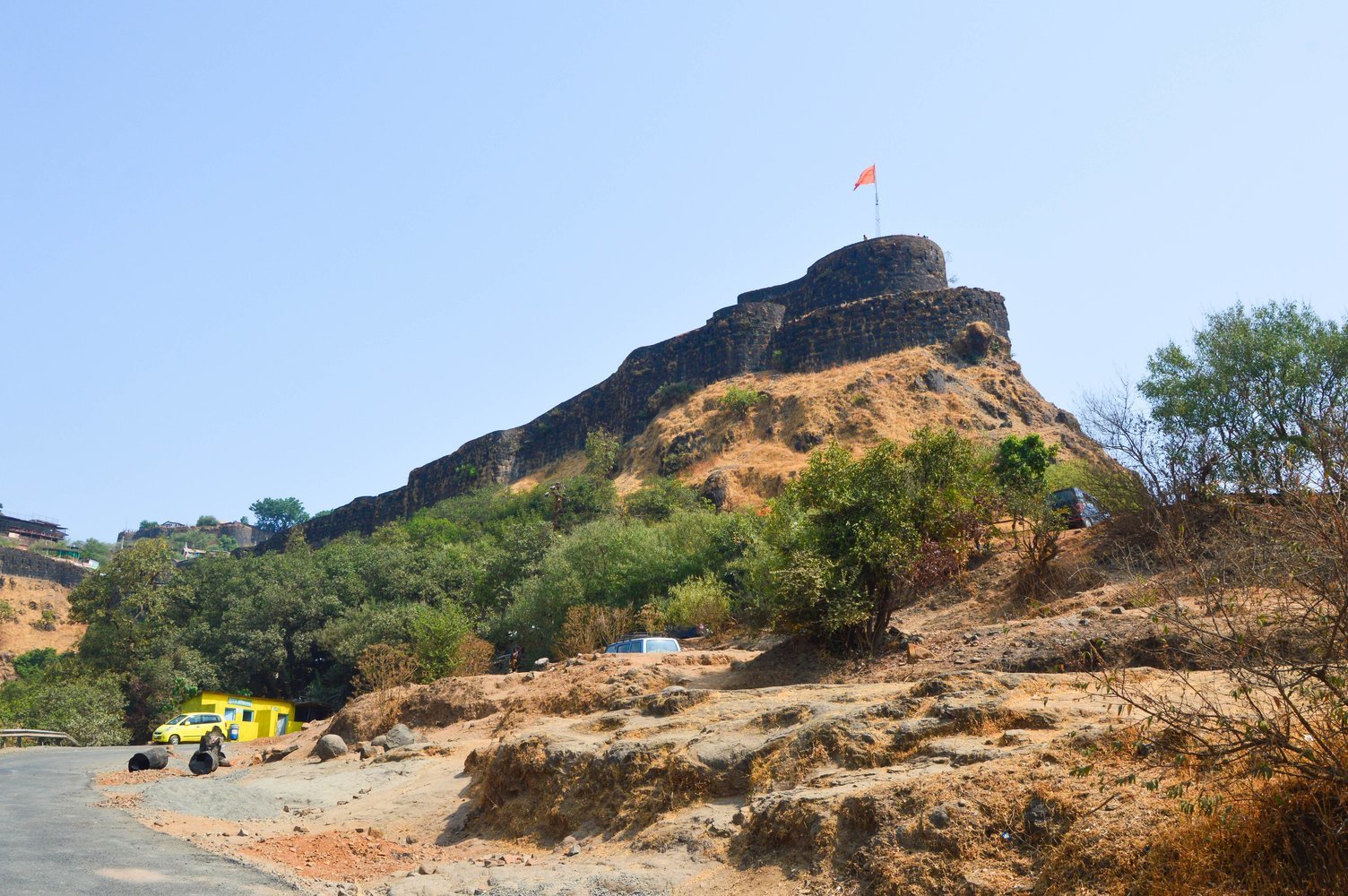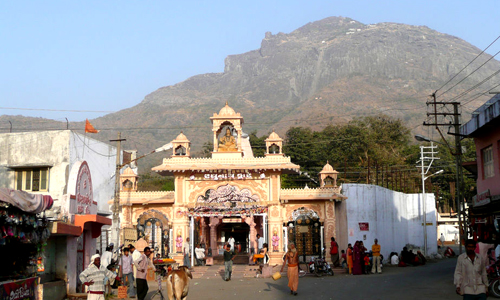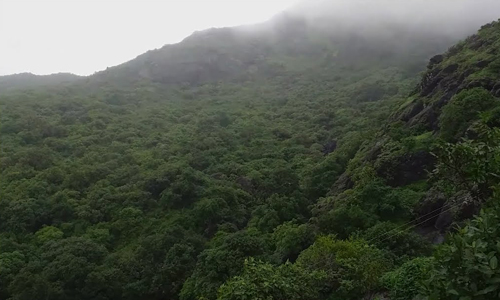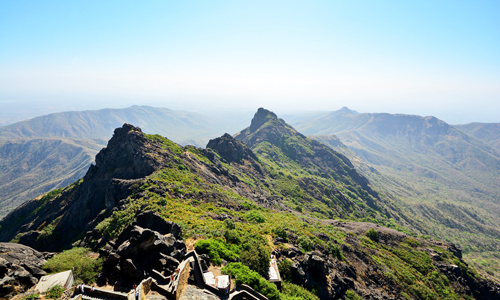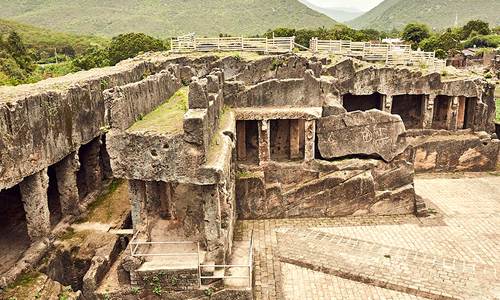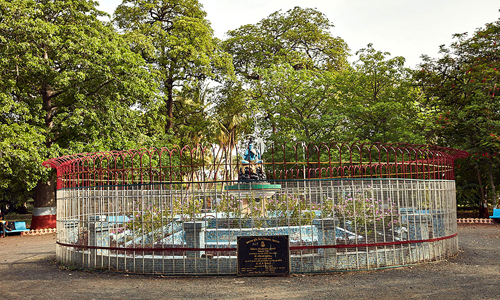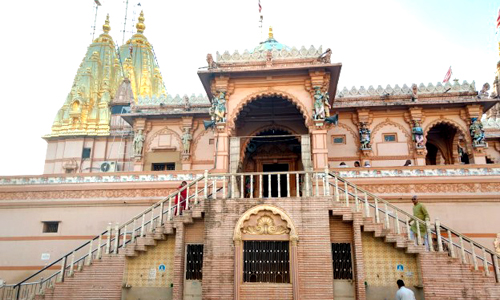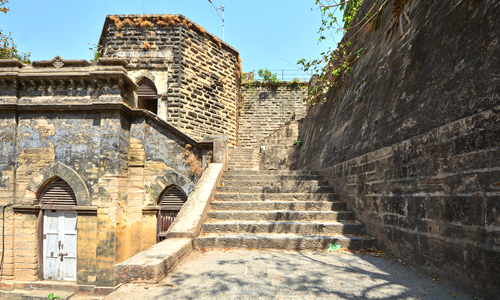Girnar Ashoka Rock Edicts are ancient inscriptions on the approach to the Girnar Hills in Junagadh. These inscriptions are famous as the most important of Ashoka's many edicts. They are among the must-see historical places to visit in Junagadh.
The Archaeological Survey of India has officially included the Ashokan Edict Rock as one of four monuments in the Junagadh and Girnar areas on its list of 203 Monuments of National Importance in Gujarat State. It has since become one of Gujarat's most famous historical sites. You must visit it during the Junagadh tour package, especially if you love history.
History of Girnar Ashoka Rock Edicts
The 14 Edicts of Ashoka, from 257 BC, are on a big, giant, round rock near the valley's entrance leading to Mount Girnar. The mandates, found by James Todd in 1822, are in Brahmi script and advocate the values of love, peace, and tolerance. They apply to people of all faiths, not only Buddhists. The scriptures are carved into stone with an iron pen and contain information of historical significance.
The same rock was cut into two Sanskrit inscriptions, one by a famous Indian king. The first one is Mahakshatriya Rudradaman I's Girnar Prasasti, a dedication to the Sudarshan Lake written in 150 AD. The other is Skandagupta's Prasasti, written around 457 AD, which mentions the reconstruction of the Sudarshan Lake embankment. These inscriptions imply a thriving centre of study and culture at Girinagar or Girnar.
What is the primary rock edict at Girnar?
Ashoka's Rock Edicts are located on the way to Mount Girnar. This rock edict is a large round rock in a little roadside structure. Tourists can see Emperor Ashoka's fourteen edicts on the rock—the inscriptions, written in Brahmi script in Pali, date back to 250 BC.
Where is the Girnar rock inscription?
Rudradaman's Junagarh rock inscription, also known as the Girnar Rock inscription, is a Sanskrit prose inscription on a rock by Western Satraps ruler Rudradaman I. It is near Girnar Hill in Junagadh, Gujarat, India. The inscription is dated shortly after 150 CE.


